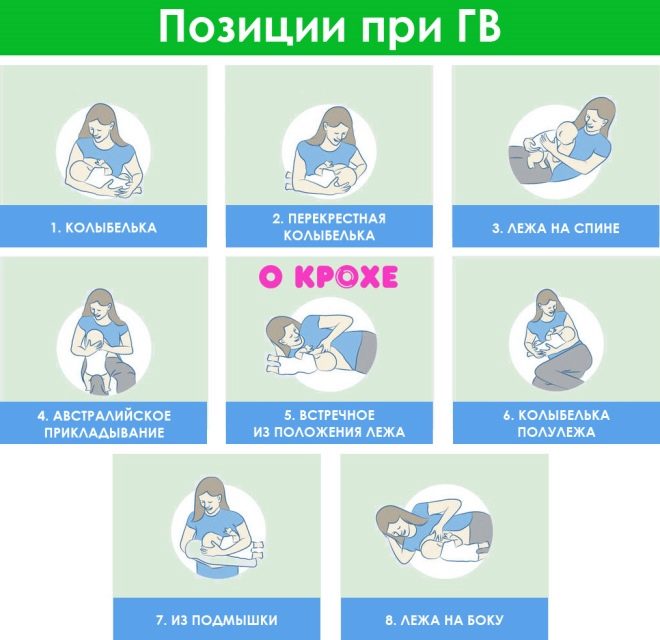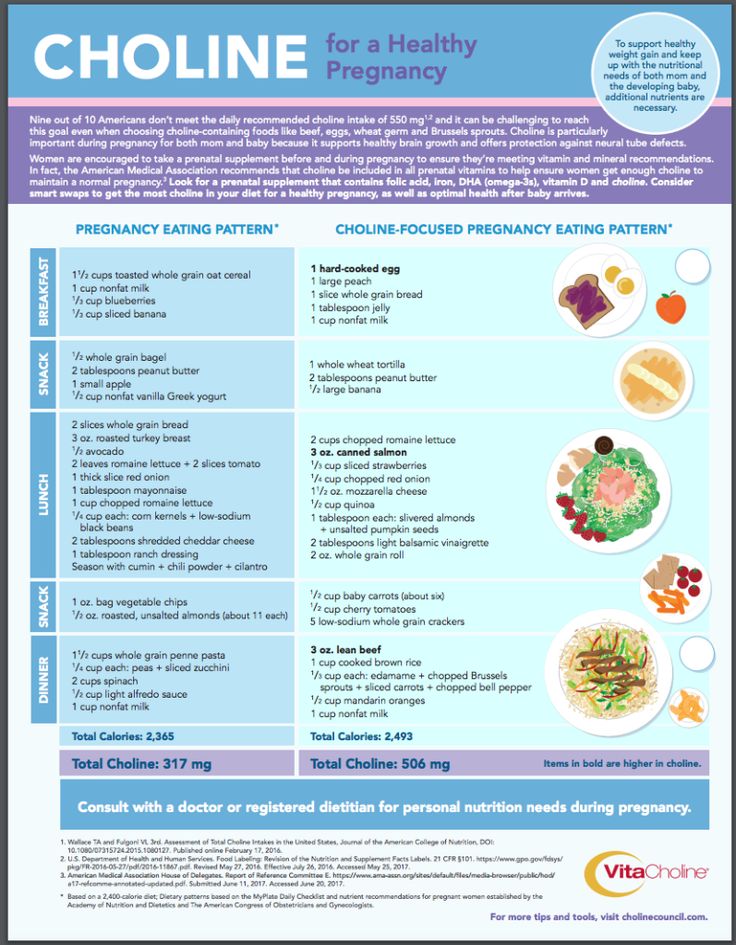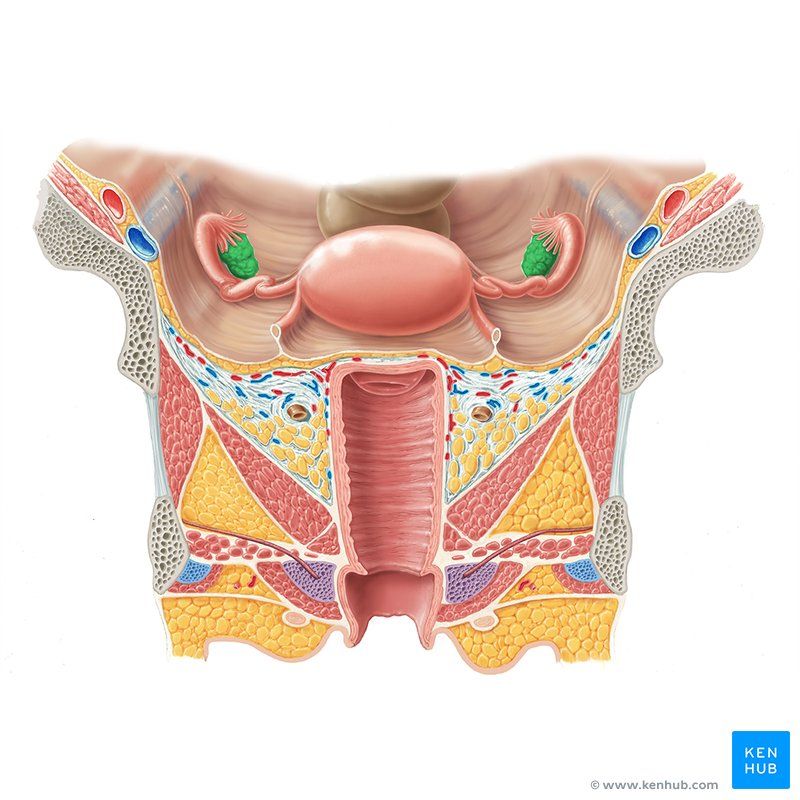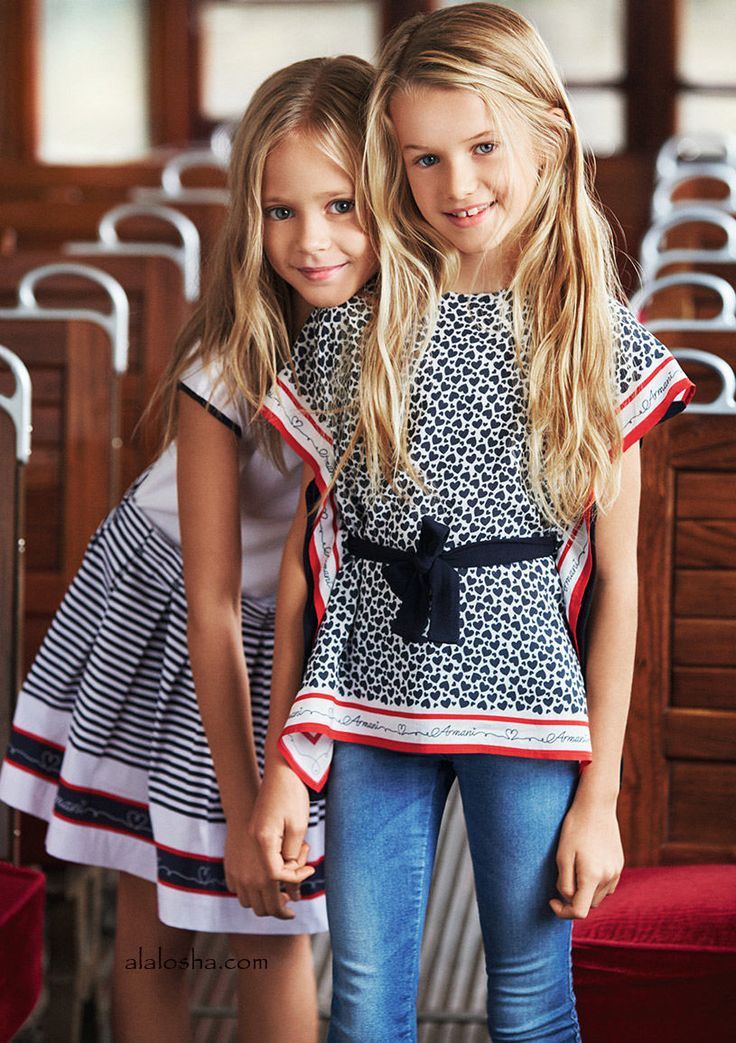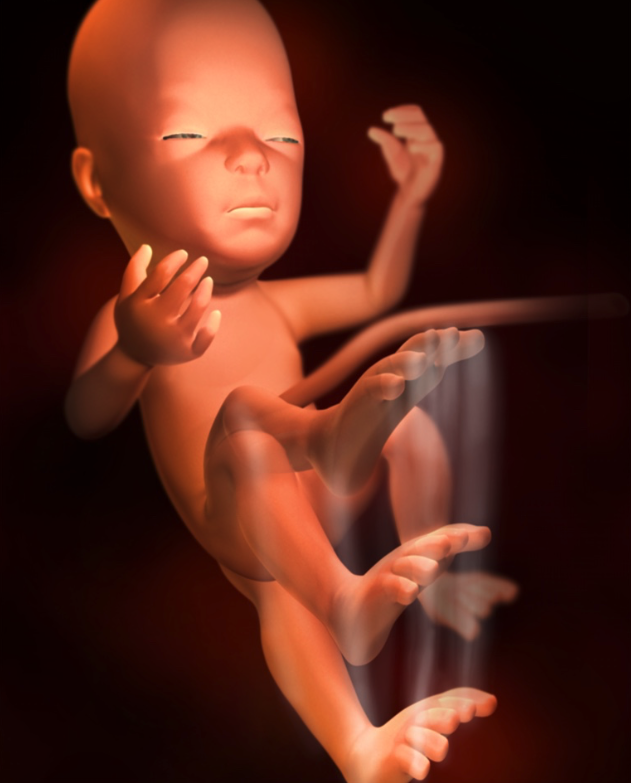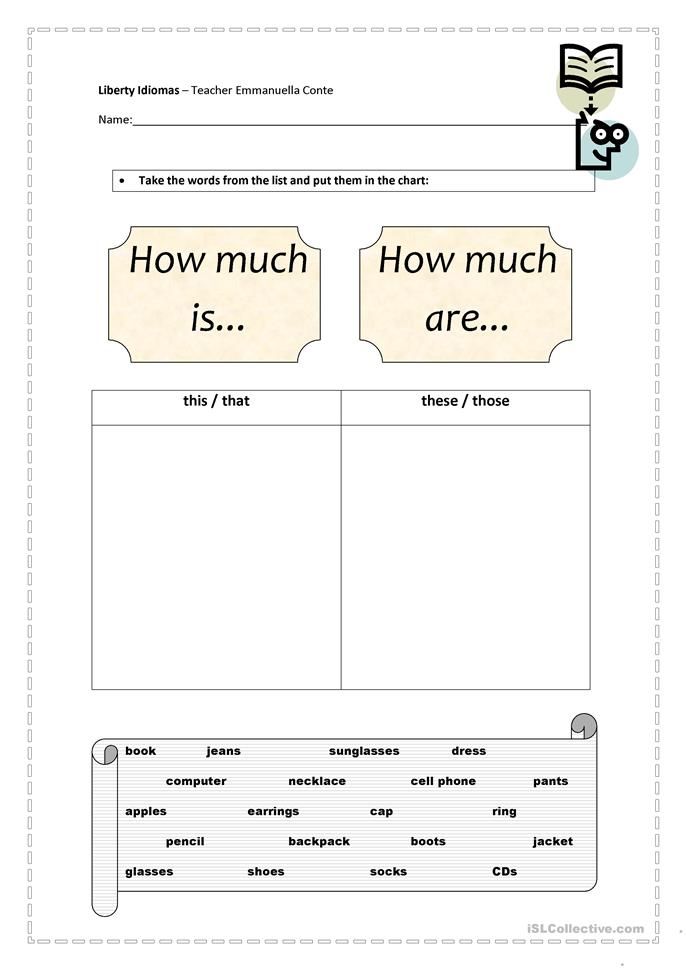How old is preschool child
Preschool Age: What Age is Pre-K?
Preschool is your child’s first taste of “big kid” school, and if it’s your first child, it’s likely to be your first experience as well. Because of this, you may have plenty of questions when it comes to preschool age and programs. When searching for a preschool program, you may notice some call themselves “pre-K” while others use the term “preschool.” Many parents often ask if there’s even a difference.
Preschool vs. Pre-K: Are they the same?
Essentially, preschool and pre-K are the same thing: education prior to kindergarten. Despite this, most preschools will typically have separate classes for three- and four-year-olds, with three-year-old children attending fewer days or for fewer hours while the four-year-olds attend more often in preparation for the kindergarten year. But regardless of preschool age, the learning is largely similar, with emphasis on learning ABC’s, numbers to ten, and how to interact with other kids. In the end, the goal is the same… to get your preschool or pre-k age child ready for kindergarten.
What Age Do Kids Start Preschool?
Parents often wonder when to start preschool for their kids. While there is no magical preschool age, many preschool programs begin taking children at age three, and the typical preschool age range is three to four years old.
Is My Child Ready for Preschool?
When deciding when to start preschool, age should not be the only determining factor. A major component of when to start preschool is determining a child’s “preschool readiness.” Since each child develops at a different rate, teachers can’t wave a magic wand and say all children are ready at a typical preschool age. There are several developmental areas you’ll want to look at when deciding if your child is ready, regardless of a “typical” preschool age.
- Is your child potty trained? Many schools have a “no diaper” or “no Pull-up” policy for preschool. While kids may have an accident from time to time, they should be potty trained prior to starting preschool.
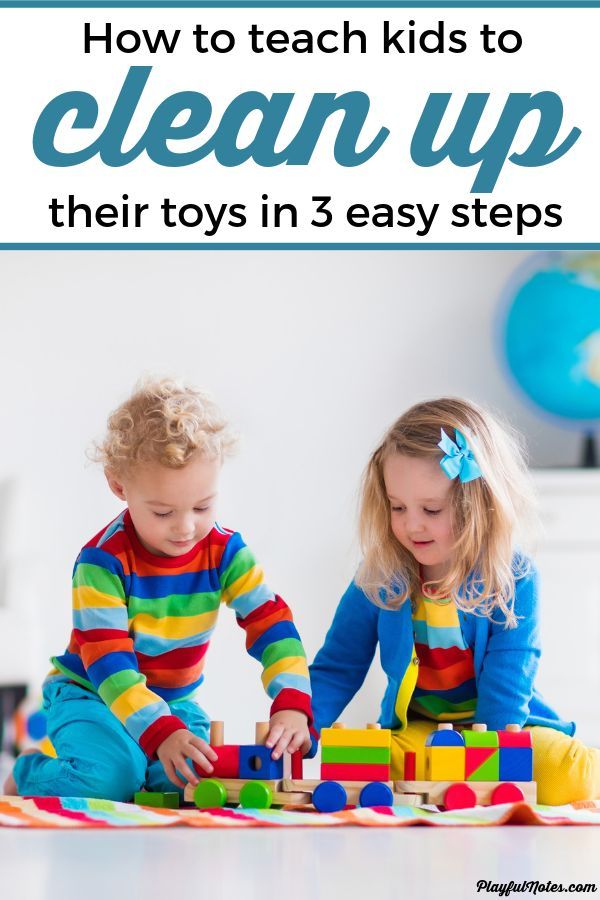
- Can your child separate from you? All kids may miss their moms and dads, but they should be able to separate from you for a few hours without a total meltdown. Kids who go from a daycare environment to a preschool program usually have no separation issues.
- Can your child play with others? It’s a given that young children don’t always play well in the sandbox, but in a preschool environment, they will need to be able to interact with other kids. Although they will learn more social interaction as time goes on, preschool-age kids should be able to make friends, share and cooperate at a basic level.
- Does your child still take long naps? Preschool requires some stamina on the part of your child. Many programs do provide a short rest time, but if your child still needs a two-hour nap mid-morning to function, you may want to hold off on preschool.
- Can your child communicate? While you may speak your child’s own quirky language, others do not.
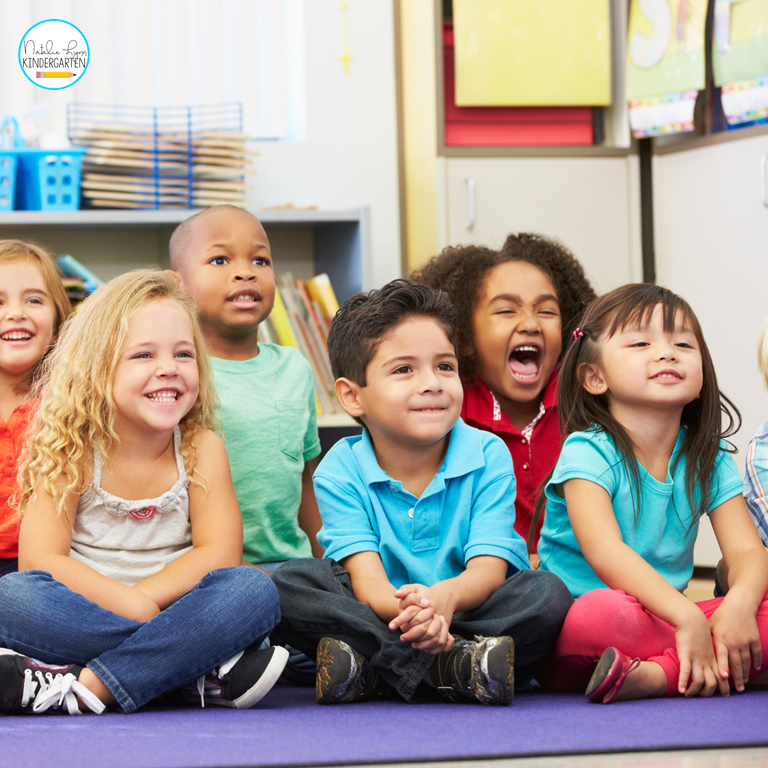 You need to make sure your preschool-age child can communicate well enough that s/he can be understood by teachers and other kids. Putting your child in a preschool setting when s/he can’t be understood will frustrate your child and others.
You need to make sure your preschool-age child can communicate well enough that s/he can be understood by teachers and other kids. Putting your child in a preschool setting when s/he can’t be understood will frustrate your child and others. - Does your child listen? We all know three-and four-year-olds are not the best listeners, but in order to send your child off to preschool s/he should be able to listen to basic instructions and try to follow them.
- Talk to your pediatrician. If there are medical issues that you think would hinder your child in preschool, talk to your pediatrician. They’ll be able to guide you.
Is Preschool required?
The short answer is no, but this is a debate within itself. For every person who tells you preschool is not necessary, you’ll find someone else who tells you it’s vital. And scientific studies are equally divided: there are plenty of arguments and studies that have been performed on preschool students that also waffle back and forth as to whether these programs truly gives children a step up.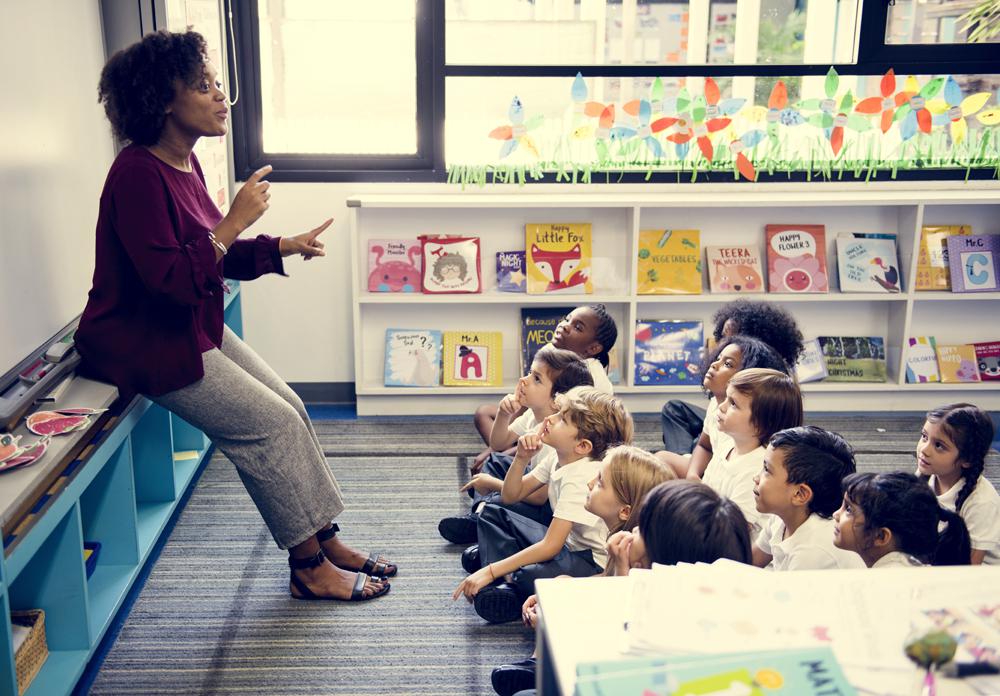
Benefits of Preschool
Despite this, you can’t deny that preschool and pre-K programs come with many inherent benefits. Those that argue all children should attend preschool point to these benefits for preschool-age kids who attend programs:
- Prepares Children Academically for Kindergarten. Preschool-age programs will introduce children to their ABC’s and even show them how to write their names.
- Provides Structure. Children learn to follow a schedule, many for the first time. They also learn how to follow instructions like putting toys away and sitting quietly for a story.
- Teaches Social Interaction. When you’re thinking of the benefits of preschool, social interaction is just as important as academic growth. Pre-K programs begin to show children the right way to interact with their peers.
- Teaches Independence. While there are teachers on hand to help, mommy and daddy are not.
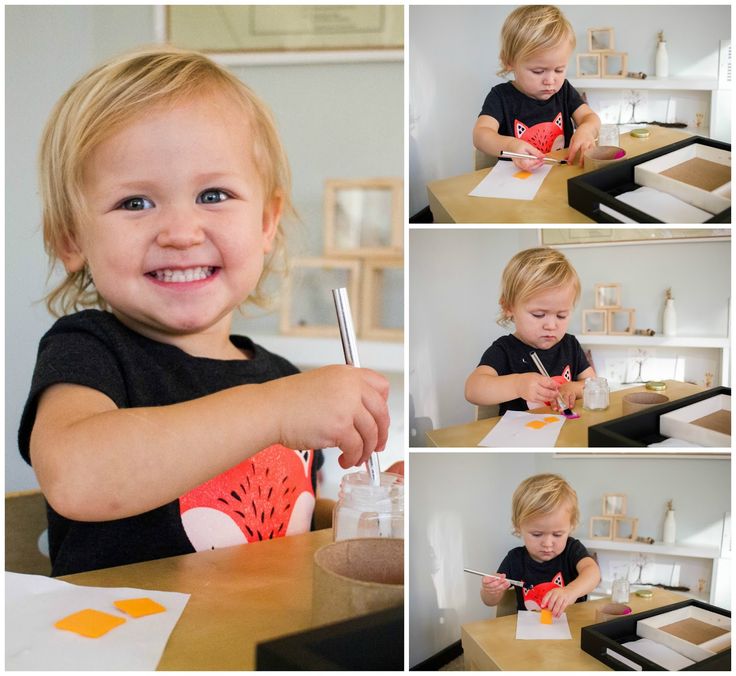 Children have to learn they need to get their snack and they have to know when they have to go to the bathroom.
Children have to learn they need to get their snack and they have to know when they have to go to the bathroom. - Physical Activity. With the increase in childhood obesity in preschool-age kids and beyond, many preschool programs are making exercise a part of the daily routine.
save article
Next on Your Reading List
Preschool | First 5 California
Home/Browse by ages/Preschooler
Preschool
Tags:PreschoolerPreschool
Share this post:
Starting between the ages of two and three years old, you will have the option of placing your child in preschool. Some parents may ask, "Why preschool? Isn't my child learning enough at home or at child care?" Research shows that kids who attend quality preschool may have higher math and reading skills, are better prepared for kindergarten, behave better in class, and are more likely to graduate from high school and attend college.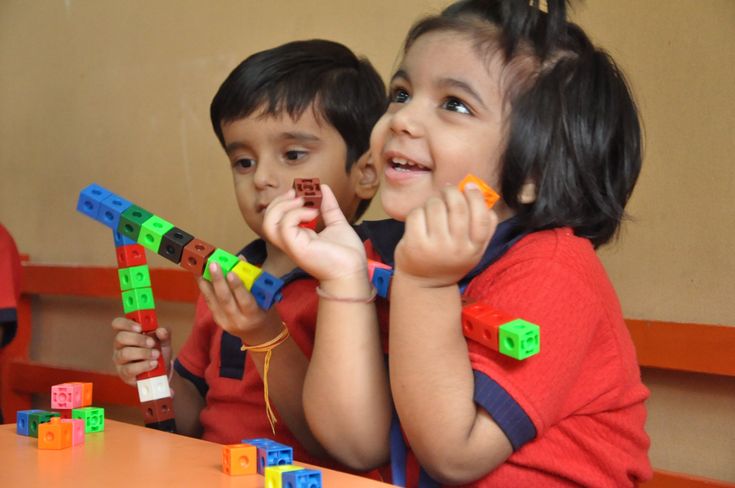 Preschool is the start to your child’s school success. This section dives into how your child can benefit from preschool.
Preschool is the start to your child’s school success. This section dives into how your child can benefit from preschool.
At a quality preschool, children learn a variety of new skills. Your child will learn how to:
Use his or her imagination
Develop his or her curiosity and wonder about the world
Problem solve
Socialize and interact with peers and teachers
Pay attention and follow directions
Finish tasks
Practice new skills by themselves
Be persistent when learning something new
Develop large and small muscles
Develop gross and fine motor skills
A quality teacher can alert parents of any possible concerns they may have about a child’s development. This can be helpful information for a parent to take to their family doctor for follow-up resources and support options.
Tip: The learning doesn’t stop at home because your child is in preschool – you’re still your child’s most important teacher! Keep talking, reading, and singing to your child when you are together.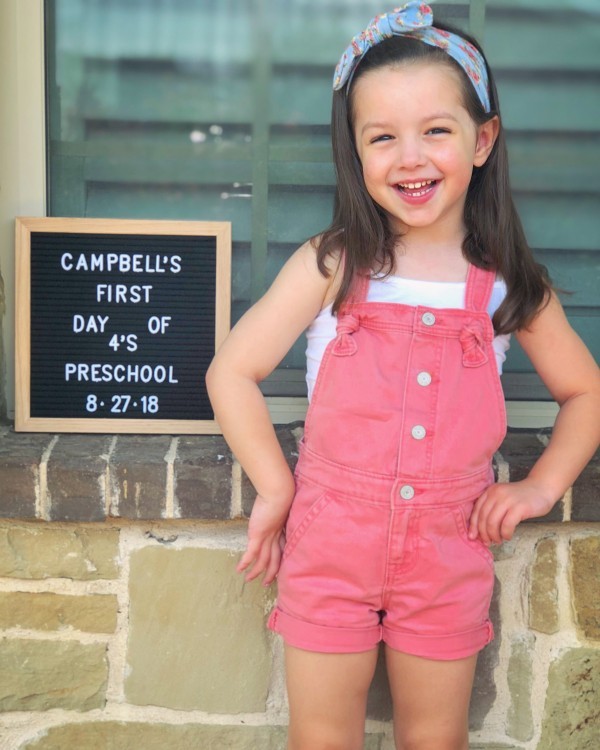 A fun way to keep the learning going is to have your child tell you three great things about their day at preschool. You’ll learn about your child’s day and you’ll help their language and memory develop.
A fun way to keep the learning going is to have your child tell you three great things about their day at preschool. You’ll learn about your child’s day and you’ll help their language and memory develop.
Contributed by
:
First 5 California
Find this useful?
Join our First 5 family – it’s free!
Enjoy personalized content based on your child’s age every time you visit our site.
Recommended articles
ToddlerPreschoolerPlaying is Learning Motor DevelopmentFIne Motor Skills
ToddlerPreschoolerDiscipline
ToddlerPreschoolerPlaying is Learning
Featured video
Featured Download
Visit Now
Local help
First Time Parents/Caregivers Support You’ve gone through pregnancy, labor, and delivery – and now it’s time to begin the journey of parenthood!
Activities
Parents’ top 3 activities
Read the reviews
Parents recommend
“
“Children learn as they play. Most importantly, in play children learn how to learn.”
Most importantly, in play children learn how to learn.”
O. Fred Donaldson
Get activities
Trending questions
How can I find affordable child care?
What motor skills should my preschooler be able to do?
What is Paid Family Leave?
When can I give my baby solid food and water?
What are some strategies I can use to modify my preschooler’s behavior?
How should I talk and interact with my baby when he doesn’t even talk yet?
See all questions
Preschool age
Preschool age in developmental psychology is defined as the period from 3 to 7 years. At this time, the pace of development of the child is no longer as intense as in early childhood. However, this period is also important for the physical and mental development of the child.
Features of preschool children
Preschool age is a fairly long period during which a child consistently develops various neoplasms. In developmental psychology, it is customary to divide the preschool age into three main stages.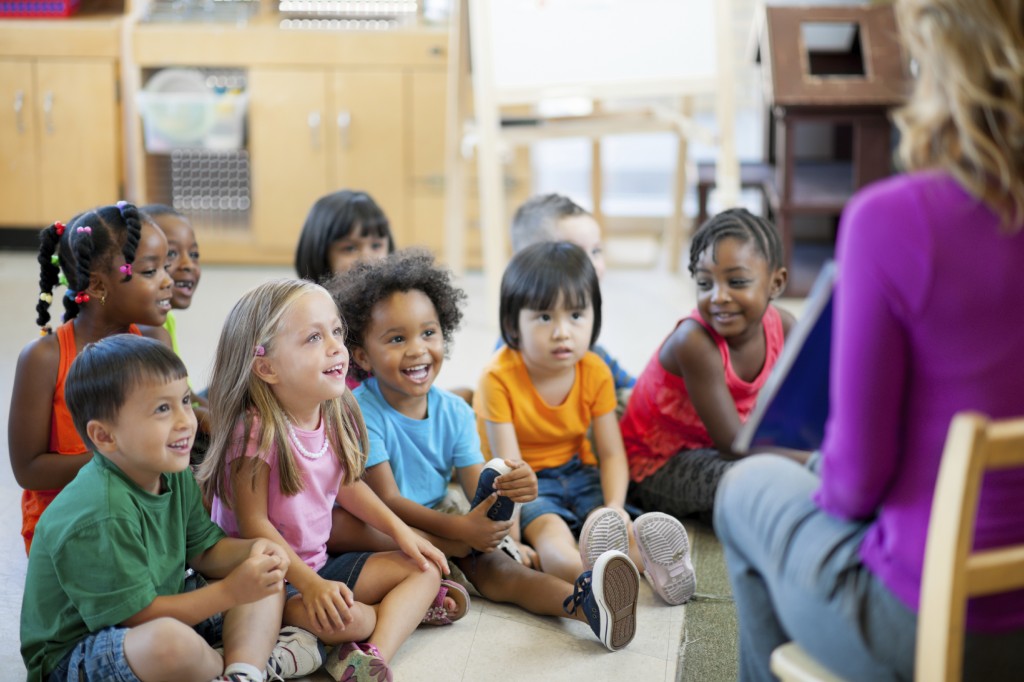
Younger preschool age
Younger preschool age is the period from 3 to 4 years of a baby's life. At this time, the child moves from a joint position with parents to a separate "I", but in many situations he still cannot do without the help of an adult. In turn, parents still see in their child a helpless baby who needs to be protected as much as possible from the dangers of the outside world. But by such a deprivation of independence, they can additionally provoke conflicts with him just because of the restriction of freedom. The orientation of the interests of the child of primary preschool age changes markedly. If earlier he was interested in the surrounding objects, now he wants to learn as much as possible about the interaction of people. He observes adults and peers, taking some of their actions as a model for his own activities. Ultimately, this is projected onto the emergence of the role-playing game as a reflection of human relationships and social contacts. A very important point in the development of children of primary preschool age is the emergence of the ability to establish complex causal relationships. Now the child not only masters new ways of action - he knows not only what and how to do, but also what the action he performs will lead to.
A very important point in the development of children of primary preschool age is the emergence of the ability to establish complex causal relationships. Now the child not only masters new ways of action - he knows not only what and how to do, but also what the action he performs will lead to.
Average preschool age
Average preschool age - the period from 4 to 5 years. The physical skills of the child continue to improve, and that is why in the middle group of the kindergarten it is extremely important to provide the kids with reasonable physical activity. Mental development is also active, including the ability to establish social contacts, which can be seen in the way children unite in small groups during play and learn to act together. There is an active development of play activity, as well as other actions that are no less important for the development of the child - design, visual activity. In this regard, the development of perception plays an important role, which normally becomes able to single out separate parts in the object under study and establish a connection between them.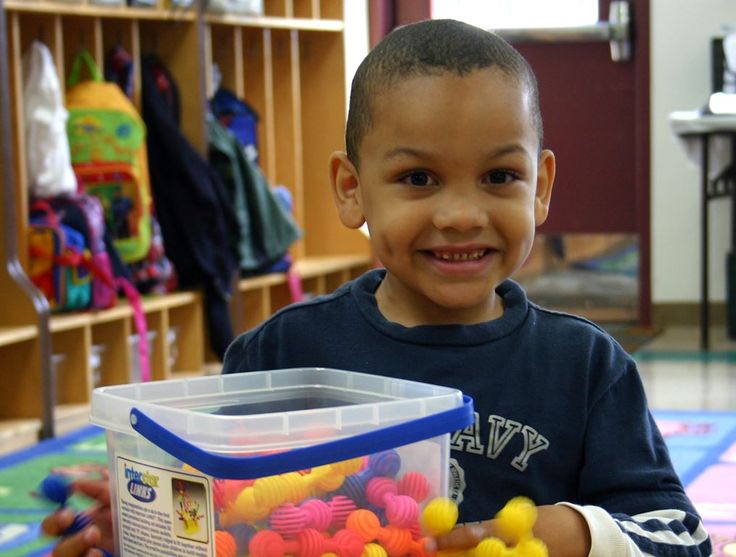 The ability to establish such connections leads the child to understand the need to supplement the picture of the world based on the knowledge received from an adult, therefore, by the fifth year of life, parents should be ready to answer numerous “why”, “how” and “what for”. The readiness to conduct a dialogue with the child, to discuss even simple things seriously and on an equal footing will direct the child's cognitive activity in the right direction, as well as provide closer emotional contact with an adult.
The ability to establish such connections leads the child to understand the need to supplement the picture of the world based on the knowledge received from an adult, therefore, by the fifth year of life, parents should be ready to answer numerous “why”, “how” and “what for”. The readiness to conduct a dialogue with the child, to discuss even simple things seriously and on an equal footing will direct the child's cognitive activity in the right direction, as well as provide closer emotional contact with an adult.
Senior preschool age
Senior preschool age is the period of a child's development from 5 to 7 years. Both parents and caregivers can easily notice that a child at this age is no longer as open as before. He begins to understand who he is (based on knowledge and ideas about himself) and what he is (self-esteem). These are two sides of self-consciousness as a system of ideas, assessments and images that relate to a person, in this case, to a child of senior preschool age.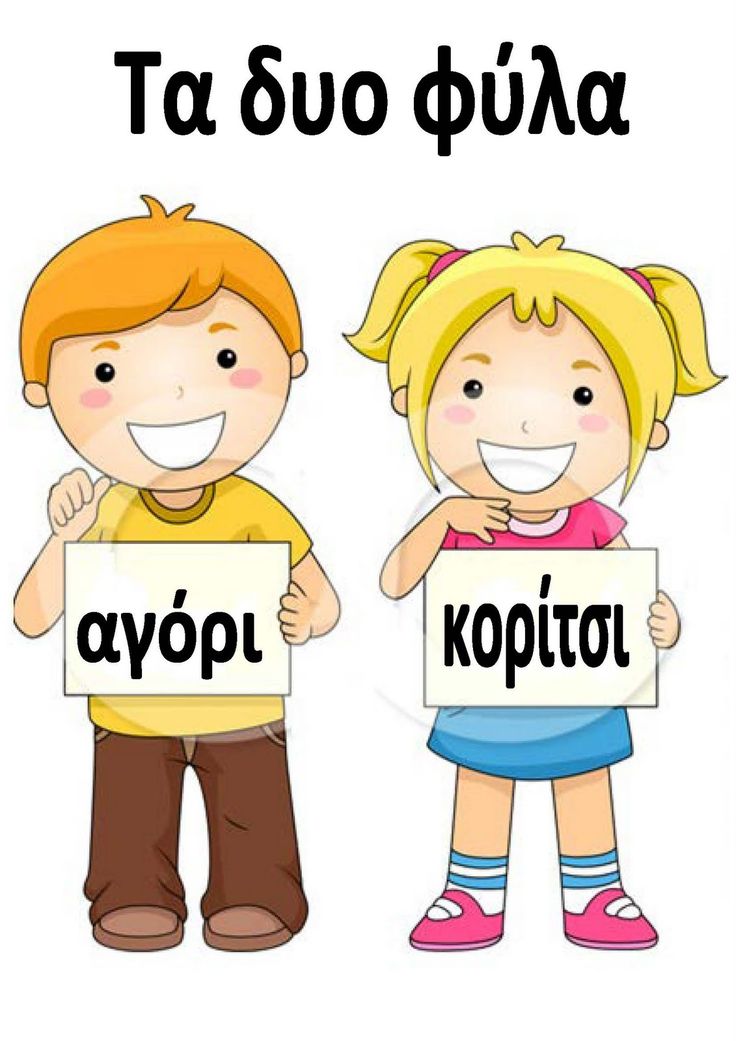 By the age of 7, the child has a fairly adequate self-esteem, but it can differ and be either overestimated or underestimated. Preschool children with unreasonably high self-esteem are usually more relaxed, less receptive to their failures and are not aware of them, and react sharply to the lack of praise and criticism. On the contrary, children with low self-esteem are extremely insecure, not sociable, and do not like to take the initiative.
By the age of 7, the child has a fairly adequate self-esteem, but it can differ and be either overestimated or underestimated. Preschool children with unreasonably high self-esteem are usually more relaxed, less receptive to their failures and are not aware of them, and react sharply to the lack of praise and criticism. On the contrary, children with low self-esteem are extremely insecure, not sociable, and do not like to take the initiative.
Development of preschool children
Development of preschool children affects all systems and functions of the body, while physical and mental development do not proceed separately, but are closely interconnected. At this time, all classes with the child are held exclusively in the form of a game, while the effect can be achieved only if the child is an active participant in the game process, and not just a passive observer. Physical development The growth of the baby during the preschool period increases significantly - by 20 or even 25 centimeters.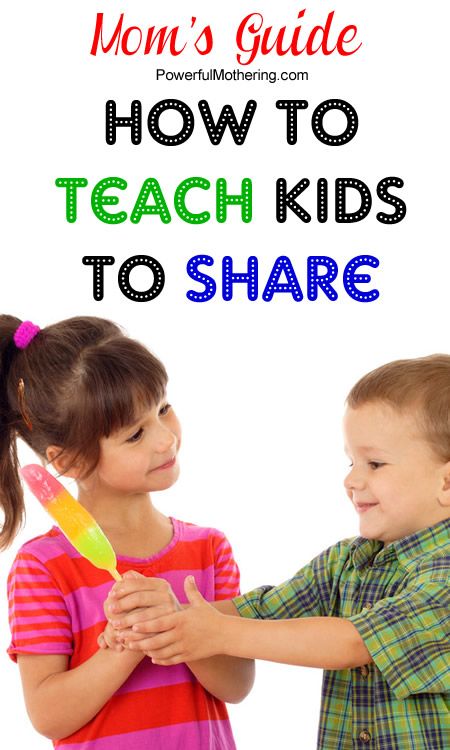 By the age of 6-7 years, the child weighs twice as much compared to how much he weighed in a year.
By the age of 6-7 years, the child weighs twice as much compared to how much he weighed in a year.
In addition to height and weight, an important indicator is the ratio between head circumference and chest circumference; with age, the proportions of the child change, and the difference between these indicators should normally become larger. By the age of 7, the circumference of the chest should be equal to half the height of the child, including due to the fact that there is an increase in the size of the lungs. Height and weight gain rates are largely dependent on genetics and other factors, so parents who worry that their child is not growing well need to pay attention to whether he remains active. If the preschooler is active, there is no question of violations.
Excitation processes predominate in the central nervous system, due to which preschool children are often restless and cannot do monotonous work for a long time. The cardiovascular system is also developing; the mass of the heart increases while the heart rate decreases.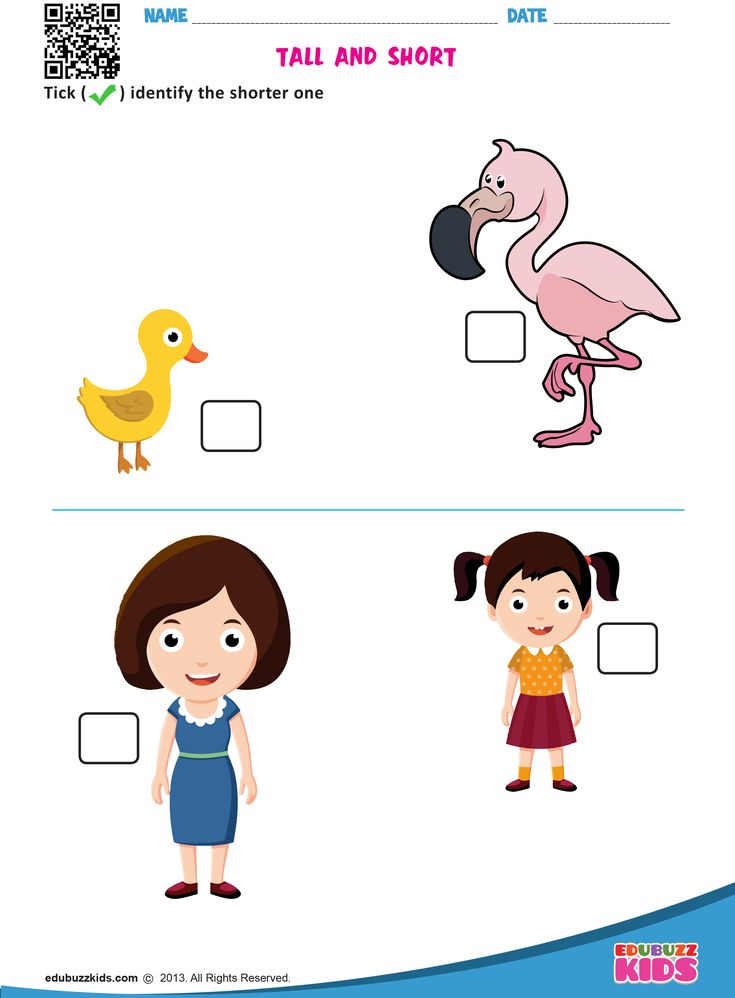 The physical development of preschool children largely depends on their physical activity; and when participating in outdoor games, and while practicing various sports, children improve their ability to navigate in space, balance improves, and new motor skills appear. However, it is important to bear in mind that too complex tasks can easily cause fatigue in a child, so any load should be strictly metered. Neither the central nervous system, nor the heart, nor the lungs are ready for overload at preschool age, as everyone else is.
The physical development of preschool children largely depends on their physical activity; and when participating in outdoor games, and while practicing various sports, children improve their ability to navigate in space, balance improves, and new motor skills appear. However, it is important to bear in mind that too complex tasks can easily cause fatigue in a child, so any load should be strictly metered. Neither the central nervous system, nor the heart, nor the lungs are ready for overload at preschool age, as everyone else is.
Psychological features of preschool age
At preschool age, the development of the child's psyche leads to an essential desire for independence, inclusion in adult life. The main neoplasms of preschool age are: The beginning of the formation of a worldview based on the child's attempt to arrange all the observed objects and phenomena into a single system, as well as their relationships. Ethical and moral assessments that determine how the child will relate to this or that person.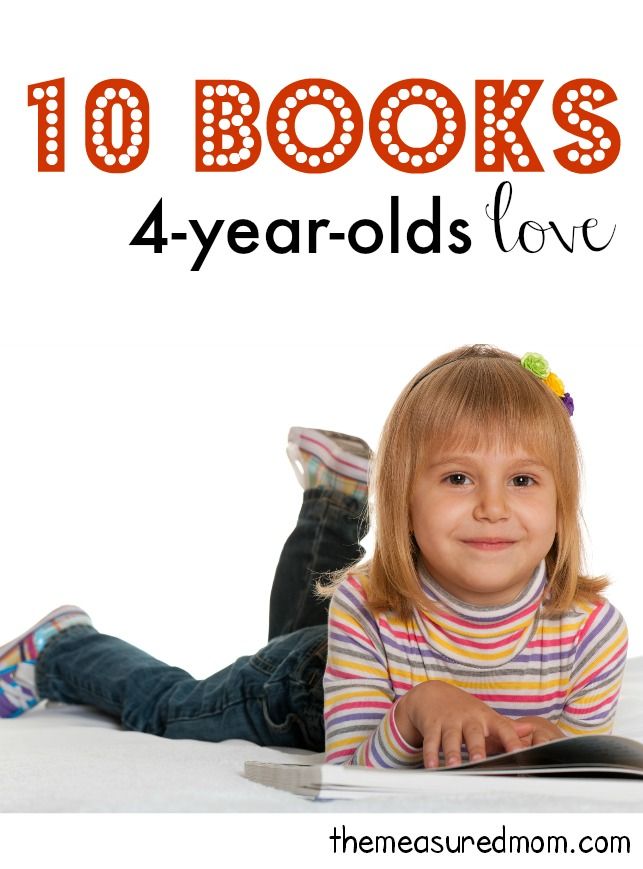 Motivation for action based on understanding the relationship between people. The arbitrariness of behavior that arises on the basis of images that initially exist in a specific form, and only then turning into a generalized one. The emergence of self-awareness and self-esteem, the definition of one's own position in relation to an adult.
Motivation for action based on understanding the relationship between people. The arbitrariness of behavior that arises on the basis of images that initially exist in a specific form, and only then turning into a generalized one. The emergence of self-awareness and self-esteem, the definition of one's own position in relation to an adult.
At preschool age, the entire psychological life of the child is significantly rebuilt, so certain problems cannot be ruled out. In particular, this applies to two age crises, because preschool development begins with one of them and ends with the second.
Councils of the teacher
Councils of psychologist
Councils of a speech therapist
Councils of a music worker
- < Back
- Next >
Junior preschool age
Junior preschool age
(from 3 to 5 years)
The child enters the junior preschool age at 3 years and this period lasts up to 5 years.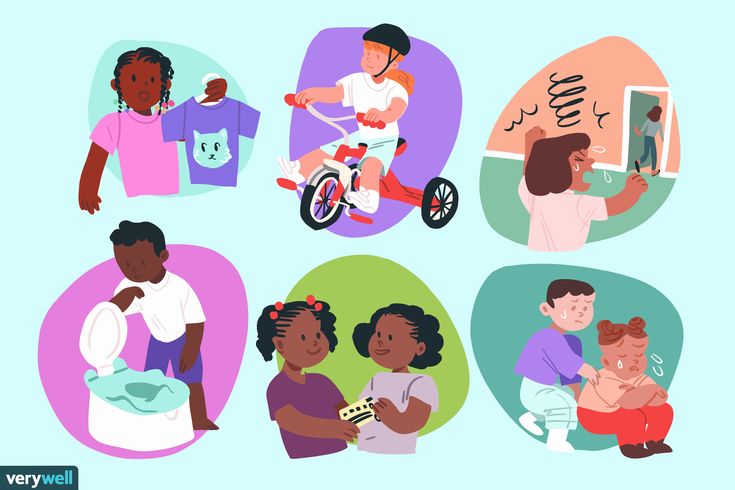 The age feature of children of primary preschool age is the separation from the adult, the statement “I myself” appears. The kid already understands that he can do a lot on his own, but he wants to try to do something. There is a contradiction between "I can" and "I want", which leads to a crisis.
The age feature of children of primary preschool age is the separation from the adult, the statement “I myself” appears. The kid already understands that he can do a lot on his own, but he wants to try to do something. There is a contradiction between "I can" and "I want", which leads to a crisis.
The child's speech becomes more complex, more interesting, vocabulary is enriched. At this age, an important aspect is the development of fine motor skills of the hands.
Mental neoplasms
A characteristic feature of the mental processes of children of primary preschool age is the emergence of an elementary image of one's own "I", the simplest forms of pride.
Social situation of development
Younger preschoolers become more independent. Toddlers begin to be interested in the behavior of adults and their peers. Children begin to imitate the actions of adults, use this imitation for role-playing. At first, the game is dominated by an adult, but soon a child of primary preschool age is able to take the initiative.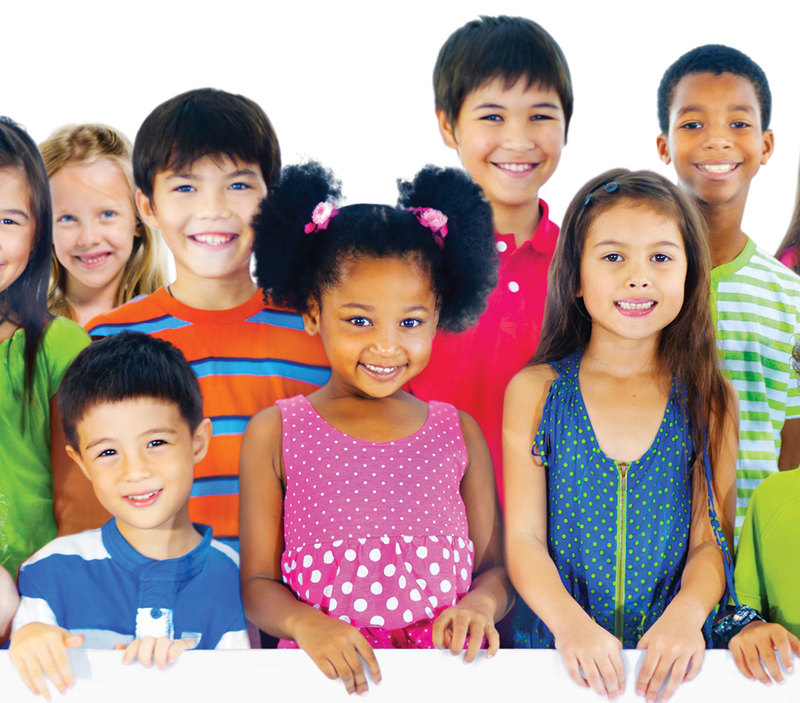
Children 3-4 years old begin to perceive their peers as companions for the game. Also, the crumbs try to carry on a dialogue with the help of phrases and gestures.
Communication
At the early preschool age, children learn to get to know and play with their peers. Toddlers show a variety of emotions: embarrassment, joy, interest, sometimes greed. The guys are trying to organize an elementary joint game. And by the end of this age period, the kids get to create full-fledged games.
Role play
Leading activity in preschool age 3 to 4 is role play. The main content of the game is human relations. In the course of such a game, the child develops the perception of the social environment, imaginative thinking and imagination appear.
Memory
Memorization in this age period is involuntary. The kid remembers images, it is worth noting that recognition prevails to a greater extent. It is still difficult for children to keep their attention on one object or activity for a long time.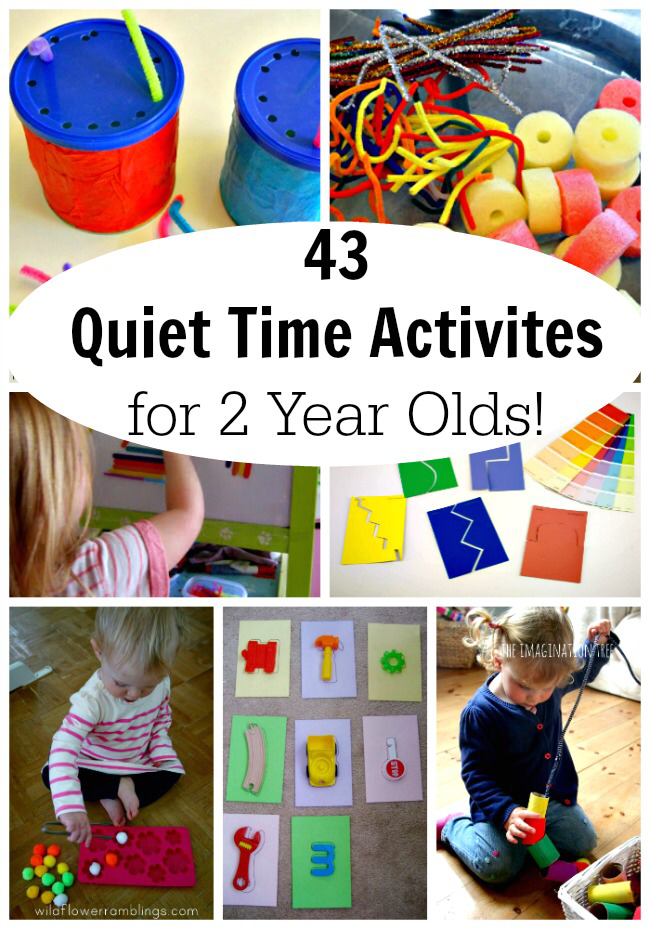 Younger preschoolers intensively change activities, children easily switch from one subject to another. The mood of the guys can be described as unstable. The baby can play calmly, and in a minute already burst into tears. If the child is emotionally healthy, then he radiates cheerfulness and optimism.
Younger preschoolers intensively change activities, children easily switch from one subject to another. The mood of the guys can be described as unstable. The baby can play calmly, and in a minute already burst into tears. If the child is emotionally healthy, then he radiates cheerfulness and optimism.
Sensation and perception
It is important to mention changes in the cognitive development of younger preschoolers. At this stage, children's subject perception is being improved. Toddlers try to analyze and be aware of their actions. They learn productive activities, namely drawing, sculpting, designing, and so on. 3-4-year-old preschoolers go through a period of active sensory development. Children have an idea about the shapes and sizes of objects. The child experiments, manipulates new instrumental actions.
Speech
At the stage of early preschool age, active development is observed in children. The baby, without stopping, speaks with his parents, tries to have a dialogue with his peers.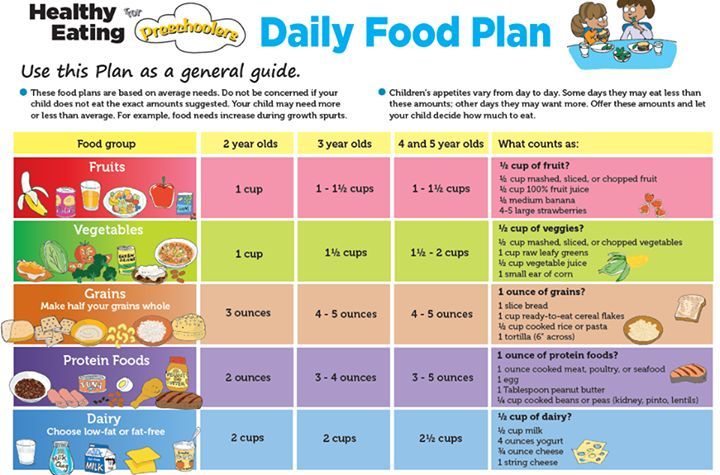 Speech plays the role of action. With its help, the child learns the information of interest to him with the help of questions.
Speech plays the role of action. With its help, the child learns the information of interest to him with the help of questions.
Thinking
An important characteristic of the development of children of primary preschool age is the beginning of thinking. The baby no longer just performs any action, but begins to understand what he is doing and why. This indicates the emergence of causal relationships.
Attention
Babies 3-4 years old are not yet able to keep their attention on a particular subject or engage in one type of activity. Usually, interest in one thing lasts from 10 to 15 minutes.
Emotional world
Feelings develop intensively: attachment, sympathy, sympathy, satisfaction with success, grief over failure, and the like. At this age, the child's feelings are diverse, rather complex, but unstable, fluid, situational. The baby still cannot indicate in words his intentions, desires, plans, feelings, state, therefore he expresses them with facial expressions, gestures, actions that are directed at others.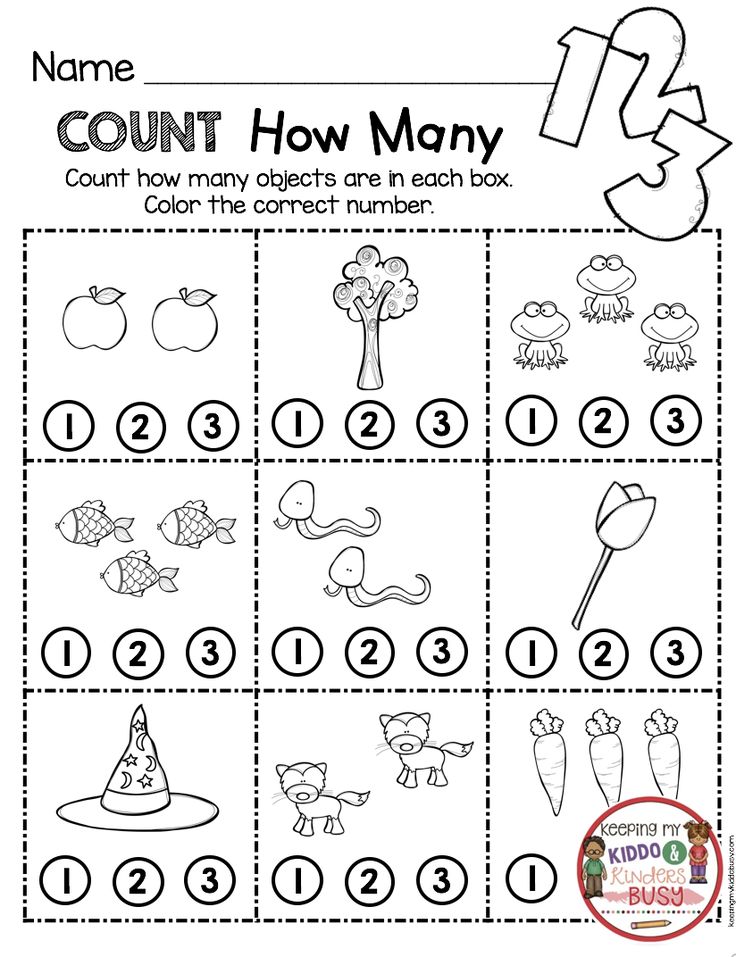
Physical development
Psychophysiological characteristics of children of primary preschool age dictate their own specifics of physical development. During this period, it is important to accustom the child to physical activity, but in no case do not overload the baby's body, since children 3-5 years old get tired very quickly.
At the age of three, children better orient themselves in space, maintain a stable body position, a given pace of movement, they have better developed coordination of movements when walking, running, climbing, jumping. The child tries to follow a certain direction in actions with a ball, a stick.
Features of the physical development of children of primary preschool age explain why it is so difficult for preschool children to stand still. Such actions prevent fatigue.
Children of the 5th group talked about vegetables and their beneficial properties. We have harvested our potatoes.
The guys in the 5th group consolidated their knowledge about fruits, their benefits and made fruit applications.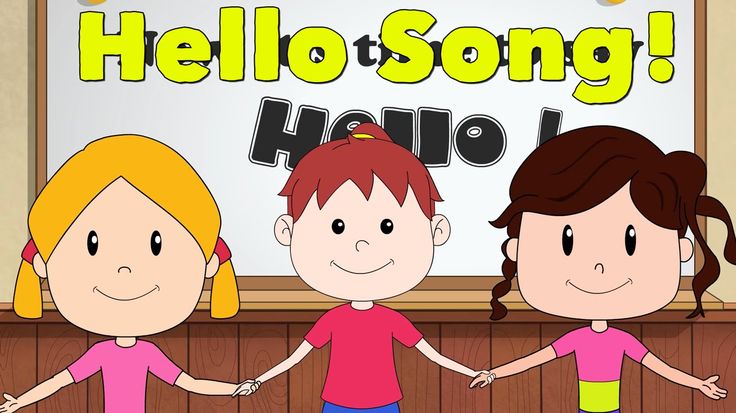
Drawing lesson for children of the 6th group "Gifts of Autumn".
Lesson on drawing and application for children of the 6th group "Vegetables".
Children of the 7th group found out what vegetables are harvested in autumn in the garden and stocked up tomatoes and cucumbers for the winter.
Children of the 9th group got acquainted with autumn natural phenomena today. They named the three main colors of autumn
The children of the 5th group completed the application “Falling leaves”.
The children of the 7th group continue to get acquainted with the signs of autumn and learn to draw with gouache, hold the brush correctly, carefully stick drawings for team work.
Children in the 5th group today consolidated the knowledge that there are edible and inedible mushrooms, their names, structure.Learned to draw mushrooms with paint.
Children of the 7th group learned how to sculpt mushrooms, flatten the ball into a cake, using natural material in their work.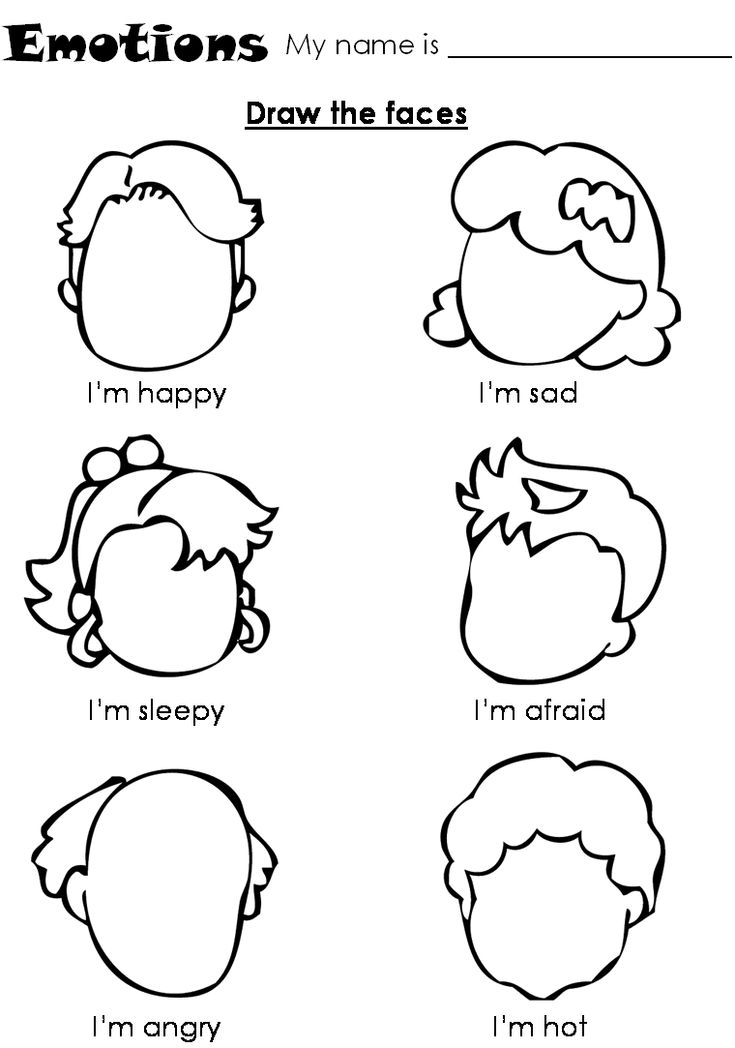
The children of the 9th group learned this week what a mushroom consists of: a stem and a cap.
The children of the 7th group consolidated their knowledge about mushrooms, learned how to carefully stick an application, compared two objects according to different criteria.
Children of the 6th group studied and examined mushrooms during a walk. Which mushroom grows under which tree.
Application lesson for children of the 6th group "Amanitas in the clearing".
Application lesson for children of the 6th group "Autumn tree".
The 5th group made greeting cards for Father's Day today!
Children of the 7th group learned how to make crafts from cones and plasticine, continued to learn how to roll sausages and flatten a piece of plasticine. They succeeded, and a whole flock of yellow-eyed owls flew to visit.
Productive lesson in group 5 "Birds flew south".
Today in the 5th group there was an educational lesson on fire safety.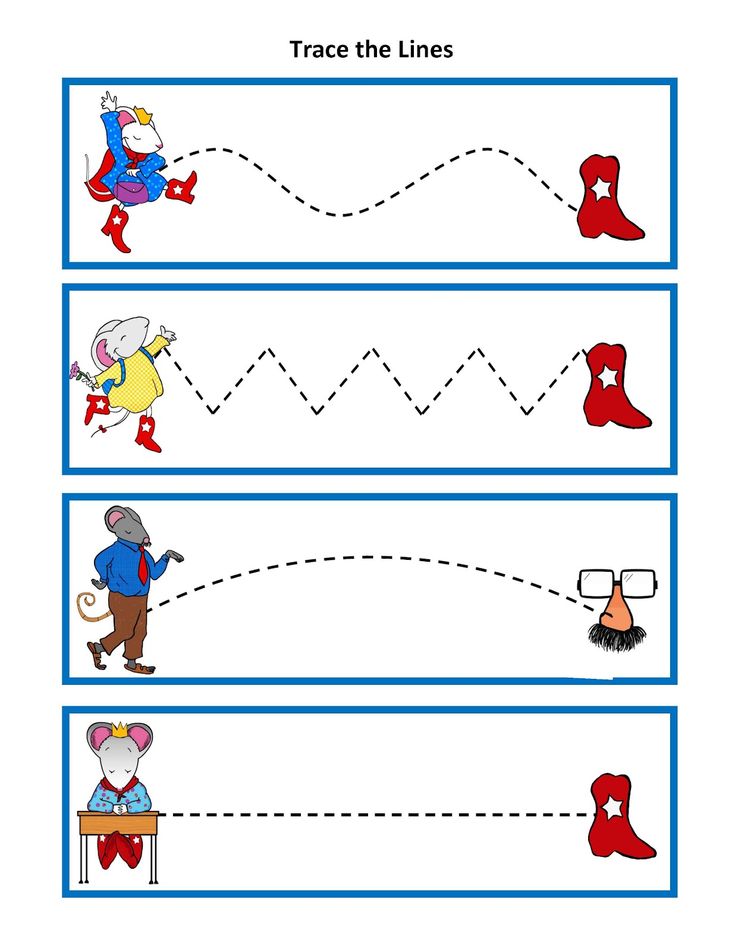
Guys 9 gr this week expanded their ideas about birds.
Today the children of the 9th group had a lesson on Civil Defense. Children learned about first aid in case of injuries, behavior in case of fire, as well as during outbreaks of diseases.
The children of the 7th group learned what dangerous objects can cause a fire, how they should not be handled and what should never be done in case of fire.
Lesson on familiarization with the environment for children of the 6th group. Theme: "Fire friend or foe?"
Drawing with gouache paints in the 6th group. Theme: "Mouse and Bear".
In the 5th group there was a productive lesson application "Hedgehog". The children continued to learn how to use scissors.
The guys in the 5th group consolidated their knowledge about fire, the rules of behavior with fire, learned to draw a fire in the forest.
Today guys 7 gr congratulated the chefs on their professional holiday, went on an excursion to the kitchen and saw huge pans in which they cook delicious food.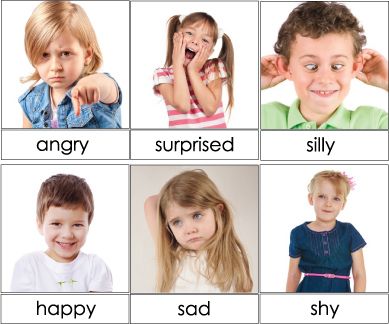
This week the children of the 9th group were talking about wild animals.
Work of the 7th group. Theme: "Wild animals".
Children of 7 gr painted an autumn landscape with leaf prints.
Application lesson for children of the 6th group "Fox".
Children's drawing of the 7th group "Rug for a cat".
Children of the 7th group learned the technique of broken appliqué. Here is such an autumn tree they got!
Drawing lesson in group 6. Theme: "Autumn time".
Today the guys of the 5th group created the image of a voluminous dog out of circles of paper.
Children of the 6th group made funny dogs using the origami technique.
Today the children of the 6th group traveled around Russia, where they learned how people who live in our country are called.
Application "A house for my family" for children of the 7th group.
Drawing lesson for children of the 6th group. The theme is "My family".
Children of the 5th group designed houses.
